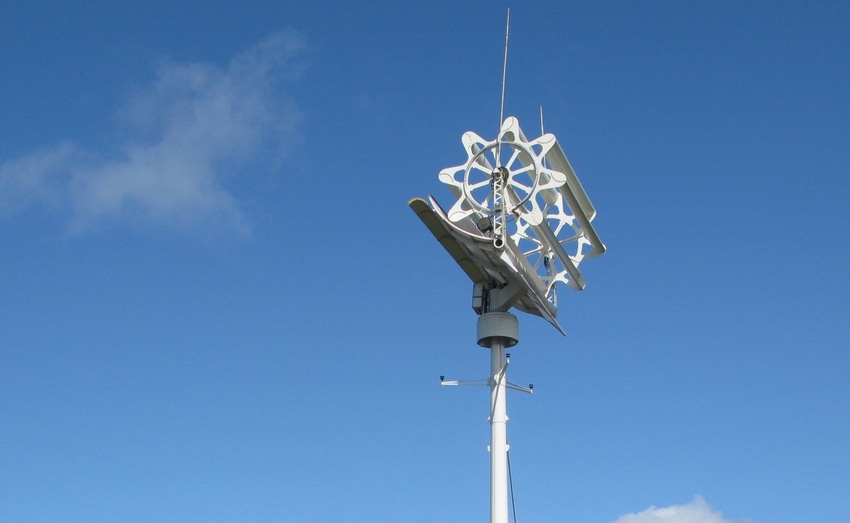UK operator Vodafone reckons one solution to connecting remote areas might be mobile masts that power themselves.
November 25, 2021

UK operator Vodafone reckons one solution to connecting remote areas might be mobile masts that power themselves.
Vodafone has been working with a company called Crossflow Energy, which has a cunning technology called Transverse Axis Wind Turbines. The turbines look more like something you’d find on a paddle steamer, but they’re apparently more efficient and reliable than regular ones. Vodafone’s plan is to use them, in combination with solar and battery tech, to make self-powering masts.
Inevitably, a fair bit of Voda’s rhetoric around this tends towards eco virtue-signalling, but there are more tangible, practical reasons to go down this road. One of the reasons some part of the country have little to no connectivity is the hassle and expense of building masts and base stations in the middle of nowhere. A major factor in that is powering them, which presumably requires special electrical cables to be laid through the ground. It stands to reason, therefore, that severing the electrical umbilicus would make this process a lot cheaper and simpler – hence this announcement.
“We are committed to improving rural connectivity, but this comes with some very significant challenges,” said Andrea Dona, Chief Network Officer at Vodafone UK. “Connecting masts to the energy grid can be a major barrier to delivering this objective, so making these sites self-sufficient is a huge step forward for us and for the mobile industry.”
“We are really excited to be working with Vodafone,” said Martin Barnes, CEO of Crossflow Energy. “It’s a fantastic opportunity to show how our self-powered Eco-Tower solves the problem of harnessing ‘small wind’ to offer not just that all important carbon reduction but also significant commercial benefits. In the case of Vodafone, it will help to accelerate the expansion of rural connectivity, transform energy consumption patterns and deliver significant economic and carbon savings.”
The whole thing seems be at the proof of concept stage right now, with the first such masts set to be deployed by the end of this year. They will face the same challenges as all other uses of renewable energy – principally what do to on still, cloudy days. Vodafone is betting that the low level of usage expected of these remote masts will mean their batteries never get totally drained. They will soon find out for sure, one way or the other.
About the Author(s)
You May Also Like








.png?width=300&auto=webp&quality=80&disable=upscale)


_1.jpg?width=300&auto=webp&quality=80&disable=upscale)


.png?width=800&auto=webp&quality=80&disable=upscale)